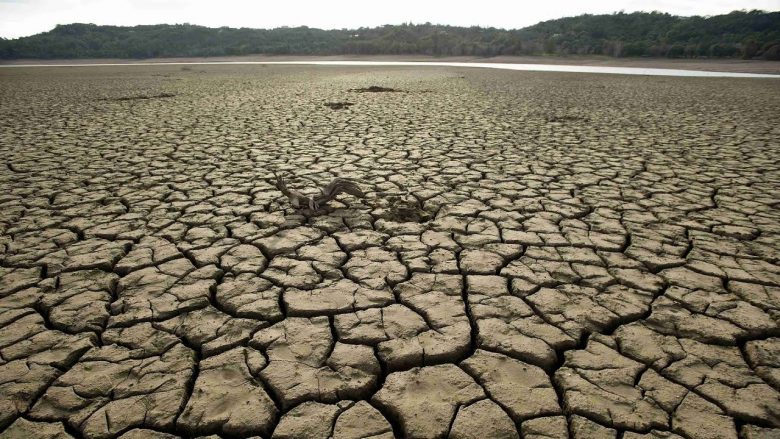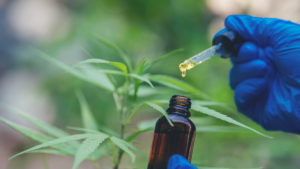The evidence is clear: global warming is happening. In the past, when temperatures were higher than they are now, the planet was not as warm as it is now. But, as temperatures rise, the world will inevitably continue to get warmer.
It Gets Warmer
Global warming is one of the biggest problems facing the world today, and we need to do something about it. It is caused by the use of fossil fuels. Fossil fuels are the burning of various types of fuel, such as coal, oil, and natural gas. This is a very serious issue, and it affects everyone on the planet. Not only has climate change slowly affected the weather patterns of the world, but it has also caused more severe droughts and floods.
It is often said that ‘the planet is warming, but not all that fast.’ However, this is not true. The Earth is warming, but it is also getting colder. The only way to tell for sure is to look at the Earth’s history and look at the current temperatures at specific locations on the Earth’s surface.
Since the year 2000, we have found evidence that the Earth’s atmosphere is warming. This warming is caused by the release of greenhouse gases, such as carbon dioxide (CO2) and methane, into the atmosphere through the burning of fossil fuels, such as oil and coal. The Earth’s temperature has been rising since 1850, with the most noticeable warming taking place since the 1970s. The Earth’s temperature has risen by about 0.8 degrees Celsius over the last 100 years, which is consistent with the predictions of computer simulations of global warming.
The average temperature of the world’s oceans has risen by about 0.9 degrees Celsius over the past 60 years. This increase in temperature has led to the Greenland ice cap melting approximately 10%, which has raised sea levels about 4 inches each decade since the mid-1940s. In addition to the increase in sea level, the melting of the Greenland ice has caused the ocean surface to expand, which has resulted in a larger volume of water being added to the world’s oceans. Since the early 1990s, the Greenland ice sheet has lost approximately 150 billion tons of ice each year.
The rise in global temperatures in recent years can be seen in the Arctic ice cap shrinking to a record low. Temperatures are rising all across the globe, and the IPCC has predicted that global warming will continue to increase over the next century. Many scientists argue that global warming is the greatest threat that the human race is facing and that a continued rise in temperatures will lead to more dangerous storms, extreme weather events, and increased competition for food between the human race and other animals.
Knowing the Other Risks
As the world heats up, some predict that it could lead to severe droughts, increased food, and water shortages, increased poverty and starvation, as well as disease outbreaks. Others say the opposite-that the warming of the planet will be good for agriculture and the environment. Some say that the end is near and we must not waste time. Others say it isn’t that bad-yet. The problems facing the Earth in the next generation may be much greater than you think.
As the Earth’s surroundings warm, we will likely see more extreme weather events, rising sea levels, and melting glaciers. While it is not as simple as “global warming = bad,” our interconnectedness with the planet is undeniable. And despite some people’s denial of climate change, the facts are in: manmade global warming is something we need to prepare for and adapt to.
Global warming is a highly controversial topic. Skeptics wonder whether warming trends could actually be caused by natural factors other than humans, while climate change advocates claim that global warming is a real and present danger. But what are the risks of global warming? Who should take responsibility for its effects? What should we do about it? I hope this primer helps you understand these issues and the global warming debate in general-it’ll be the best way to figure out where you stand.
Is It Already Too Late, or There’s Still a Way That We Can Do?
Global warming, the ominous consequence of human-induced greenhouse gas emissions, stands as one of the most pressing challenges of our time. The inexorable rise in global temperatures, coupled with the relentless melting of polar ice caps, underscores the urgency for concerted action. As stewards of this planet, it falls upon us to address this crisis with determination and resolve.
At the heart of the matter lies the unequivocal link between human activities and the exacerbation of global warming. The burning of fossil fuels for energy, rampant deforestation, industrial processes, and agricultural practices all contribute to the emission of greenhouse gases such as carbon dioxide (CO2), methane (CH4), and nitrous oxide (N2O). These gases trap heat within the Earth’s atmosphere, leading to a gradual but steady increase in average temperatures worldwide.
The ramifications of a warmer planet are manifold and profound. Rising sea levels threaten coastal communities, inundating low-lying areas and displacing millions. Extreme weather events, including hurricanes, droughts, and heatwaves, become more frequent and severe, wreaking havoc on ecosystems and human infrastructure alike. Shifts in precipitation patterns disrupt agricultural productivity, jeopardizing food security for billions of people. Moreover, the loss of biodiversity accelerates as habitats become inhospitable to countless species, exacerbating the ongoing mass extinction crisis.
Amidst this sobering reality, there emerges a clarion call for action. While comprehensive solutions are required on multiple fronts, one critical measure stands out: the preservation and restoration of our planet’s forests. Trees serve as nature’s carbon sinks, absorbing CO2 from the atmosphere through photosynthesis and storing it in their biomass. By halting deforestation and promoting reforestation efforts, we can significantly mitigate greenhouse gas emissions and curb the advance of global warming.
The cessation of deforestation represents the first imperative in this endeavor. Across the globe, vast tracts of forests succumb to logging, agricultural expansion, and urbanization each year, depriving the planet of vital carbon sinks and biodiversity havens. To stem this tide of destruction, stringent regulations and enforcement mechanisms must be implemented to protect remaining forested areas. Additionally, sustainable land management practices, such as agroforestry and reduced-impact logging, can offer viable alternatives that balance human needs with environmental conservation.
Equally essential is the promotion of reforestation initiatives aimed at restoring degraded landscapes and expanding forest cover. Techniques such as hydroseeding and hydromulching, offered by Erizon services in Queensland and other locations, can act as efficient means of revegetation, facilitating the rapid establishment of native plant species in barren or eroded areas. By harnessing the regenerative power of nature, we can reclaim lost ground and bolster the resilience of ecosystems against the ravages of climate change.
Moreover, reforestation holds the promise of fostering socio-economic development and empowering local communities. Through sustainable forestry practices, rural populations can derive livelihoods from forest resources while safeguarding their long-term ecological integrity. Furthermore, investments in ecotourism and carbon offset programs can generate additional revenue streams, incentivizing conservation efforts and fostering a symbiotic relationship between humans and nature.
In conclusion, the imperative to combat global warming necessitates a multifaceted approach, of which forest conservation and reforestation are pivotal components. By halting deforestation, promoting sustainable land management, and embracing ambitious reforestation initiatives, we can mitigate greenhouse gas emissions, preserve biodiversity, and safeguard the well-being of future generations. As guardians of this planet, we bear a solemn responsibility to act decisively in the face of this existential threat, lest we betray both the sanctity of life and the legacy we leave behind.



